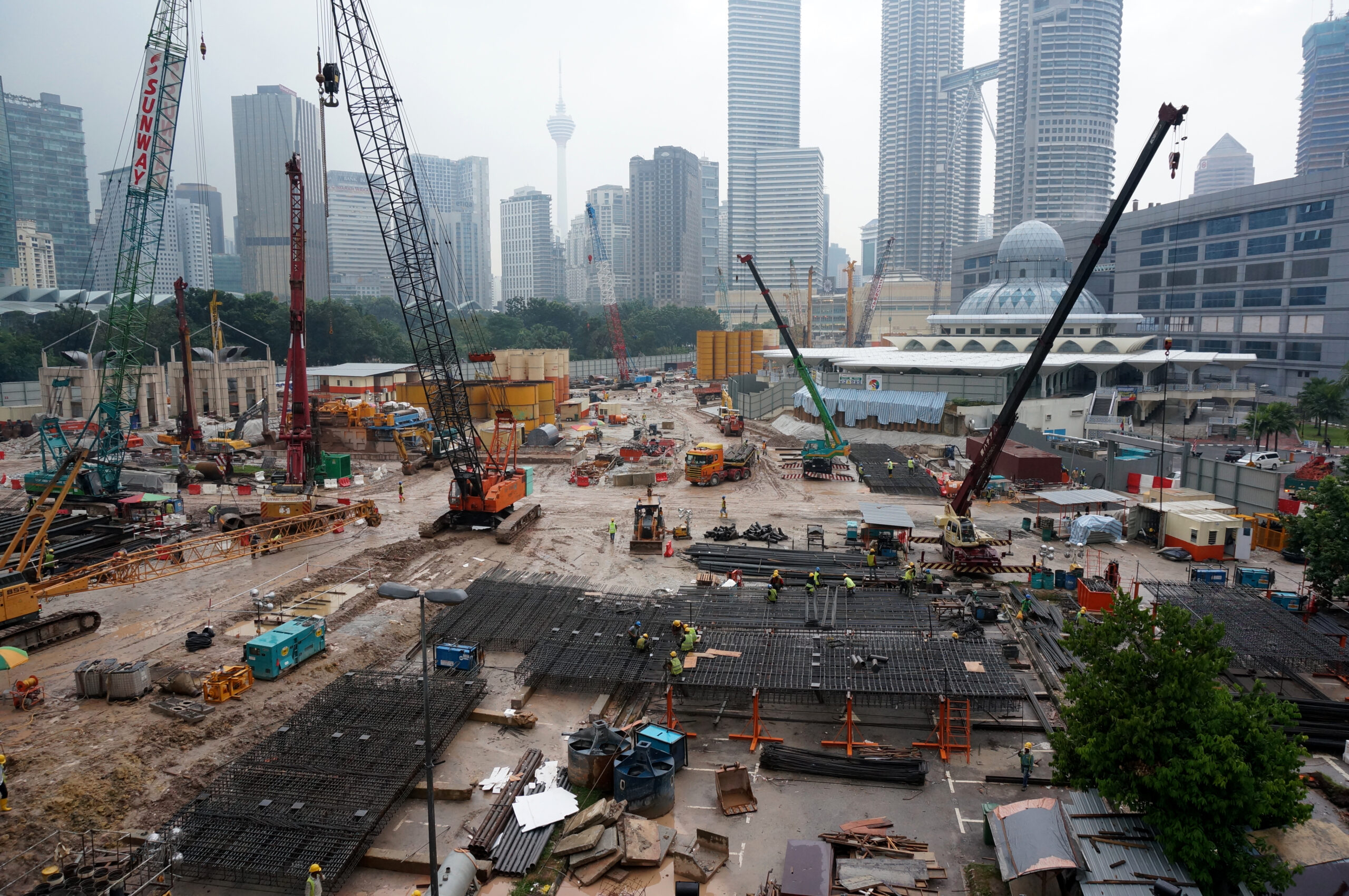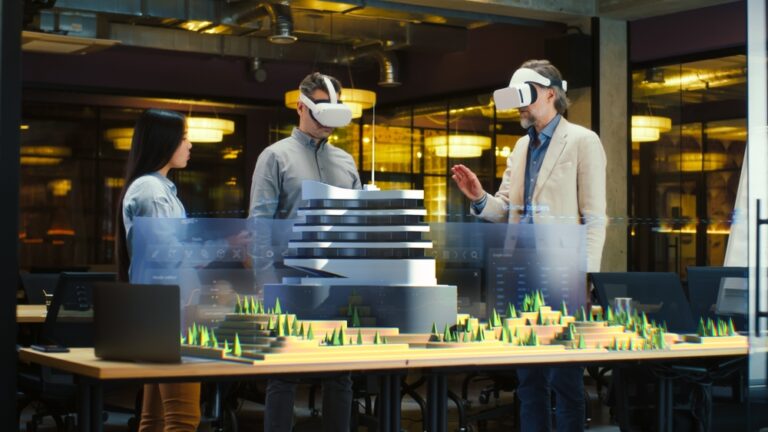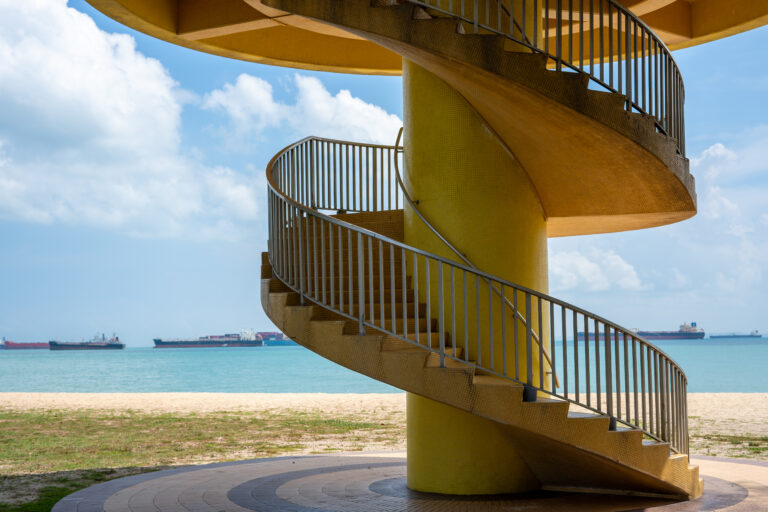News roundup: IWC’s master plan for the next decade, other headlines for the future

For PropertyGuru’s roundup, we have stories looking to the future: IWC unveils its master development plan for the next decade, Malaysia revives the KL-Singapore high-speed train, and the future of Singapore’s architecture.
IWC unveils MYR4.3 billion master development plan for the next decade
Iskandar Waterfront City Berhad (IWCITY), a prominent real estate developer, is proud to announce its strategic master development plan for the next 10 years. With a landbank of approximately 1,000 acres holding freehold status, IWCITY is poised for significant growth and development.
The company’s development pipeline includes the phased development of 146 acres, with a total Gross Development Value (GDV) of MYR4.3 billion. As reported in PropertyGuru, these developments will be strategically located near the Bukit Chagar RTS Station and JB City Center, capitalising on their proximity to key transportation hubs and urban centres.
New Malaysian bids to revive KL-Singapore high-speed rail, but govt funding remains the missing link
Malaysia’s plan to revive the Kuala Lumpur-Singapore high-speed rail (HSR) by relying wholly on private sector financing is unlikely to get off the ground, say industry insiders in The Straight Times, with fresh project bidders requesting government funding in their proposals.
According to MyHSR Corporation, the government-owned company in charge of developing and implementing the HSR, seven local and international consortia submitted their concept proposals at the close of its request for information (RFI) exercise on 15th January. It declined to name the companies involved.
Prime Minister Anwar Ibrahim’s administration has said it is open to reviving the HSR but will not pay for the 350km-long line estimated to cost over MYR100 billion (SGD$28 billion). East Japan Railway Company pulled out from the project just days before the 15th January deadline, describing it as “too risky” without the government’s financial support. But other companies have ventured a bid, hoping that the government will relent on its stance.
The future of architecture: Examining the impact of design innovation on commercial and residential spaces
Innovation is often associated with cutting-edge technology and futuristic concepts such as robotics and AI. But when it comes to architectural design, it’s beneficial to view innovation as reimagining and improving existing materials and technologies.
While new technologies have a vital role in enhancing sustainability, functionality, and user experience in architecture, the real strength of architectural innovation lies in discovering new possibilities within the familiar. Innovative architects possess a thorough understanding of the properties of materials and technologies they already have, enabling them to push boundaries and create groundbreaking designs.
PropertyGuru Singapore dives into how innovative designs shape the future of Singapore’s architecture, particularly as they apply to different commercial and residential spaces.
The Property Report editors wrote this article. For more information, email: [email protected].
Recommended
Why everyone is moving to Selangor and Johor: Malaysia’s real estate comeback
Malaysia’s upturn in fortunes is especially prevalent in secondary destinations such as Selangor and Johor
Penang’s silicon boom: How the US-China tech war is supercharging local real estate
Penang’s booming semiconductor industry has created ripples within the local real estate sector
ARES White Paper Volume 2: Unravelling the power of data revolution in real estate
Insights on proptech, smart cities, and sustainable development
ARES Digital White Paper Volume 1 tackles the fundamentals of responsible building
Green and climate heroes join forces to discuss how Asia Pacific can weather the current environmental crises and the looming effects of climate change







